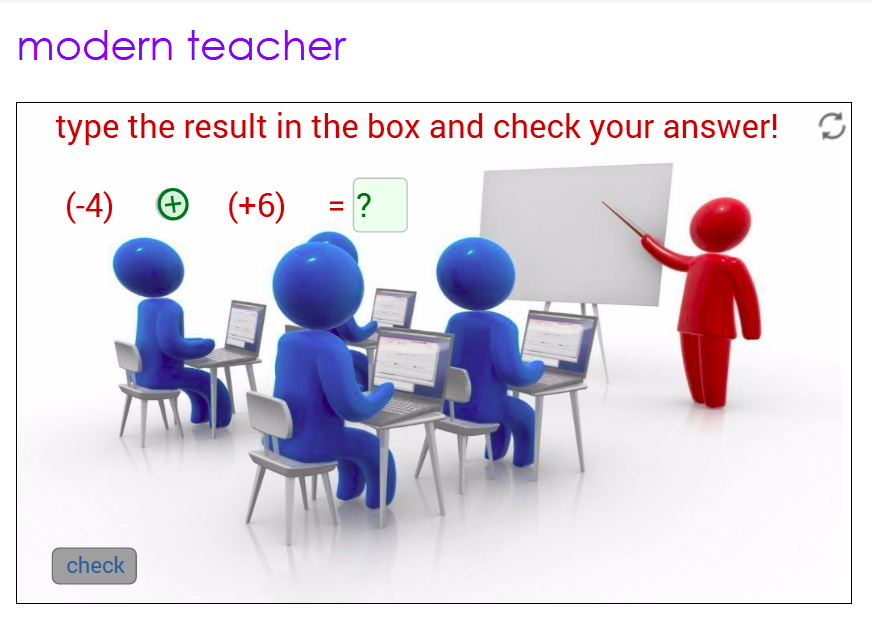
Geometry Exercise (Basic) Problem 1 : Application of Tangent Radius Property
Calculation of Angle Bearings in Trigonometry
Manipulate the angle slide to self learn about bearing angles and how to refer and calculate bearings for given layouts.
Can you form some rules to help you remember how to calculate bearings ?
Tangent-radius
Tangent-radius
Trigonometric Ratios and Reference Angles of General Angles
Vary the general angles by moving the angle slider.[br]See how their reference angles and the corresponding trigonometric ratios change in the different quadrants.
Trigonometric Ratios of General Angles (Self Assessment)

[url=https://www.geogebra.org/m/VG3msK97]https://www.geogebra.org/m/VG3msK97[/url]
Explore Golden Ratio in Real Life Objects (Full Toolbar Enabled Online)
Import any picture into the graphics view by clicking on the Image tool button under the ABC button in the activity below.[br]Set Corner 1 of picture to be on point I[sub]1 [/sub]and Corner 2 to be on point I[sub]2 [/sub].[br]Drag yellow rectangular frame or either of its points A or B to the part of picture that you want to check for the golden ratio.[br]Watch the video below on how to do if you need.
